What’s new with Notifications?

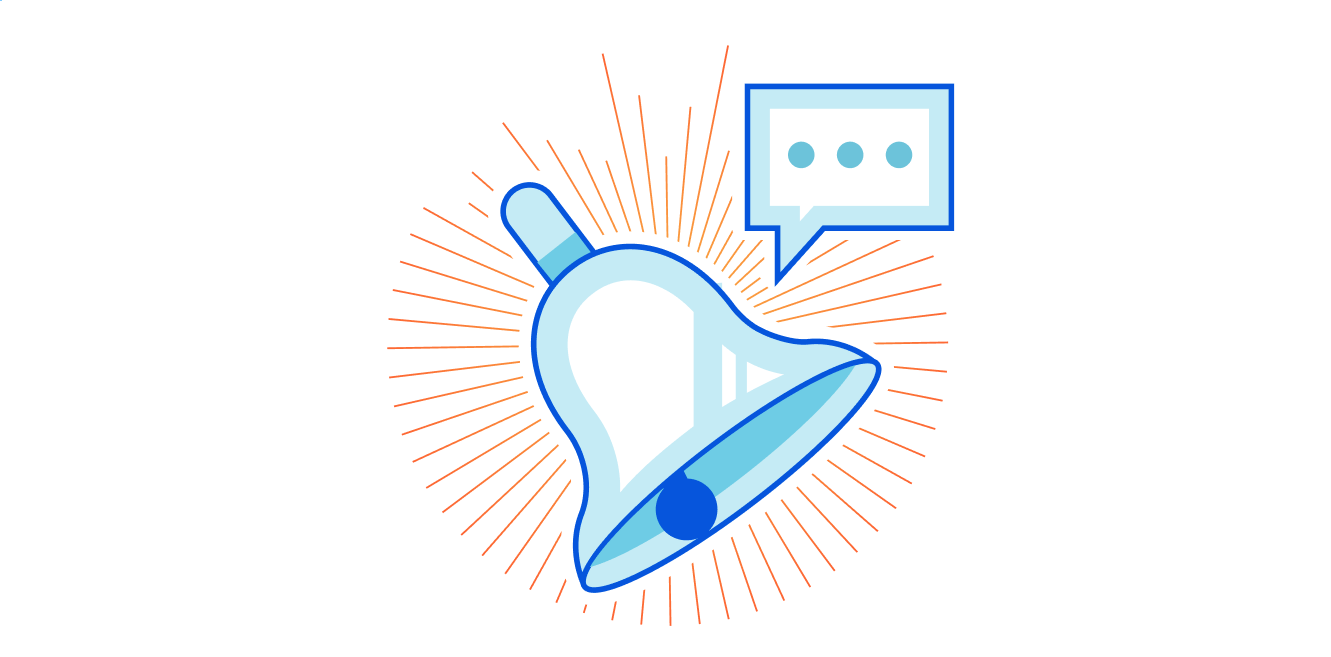
Back in 2019, we blogged about our brand new Notification center as a centralized hub for configuring notifications on your account. Since then, we’ve talked a lot about new types of notifications you can set up, but not as much about updates to the notification platform itself. So what’s new with Notifications?

Why we care about notifications
We know that notifications are incredibly important to our customers. Cloudflare sits in between your Internet property and the rest of the world. When something goes wrong, you want to know right away because it could have a huge impact on your end users. However, you don’t want to have to sit on the Cloudflare Dashboard all day, pressing refresh on analytics pages over and over just to make sure that you don’t miss anything important. This is where Notifications come in. Instead of requiring you to actively monitor your Internet properties, you want Cloudflare to be able to directly inform you when something might be going wrong.
Cloudflare has many different notification types to ensure that you don’t miss anything important. We have notifications to inform you that you’ve been DDoS’d, or that the Firewall is blocking more requests than normal Continue reading
Updates to Cloudflare Security and Privacy Certifications and Reports
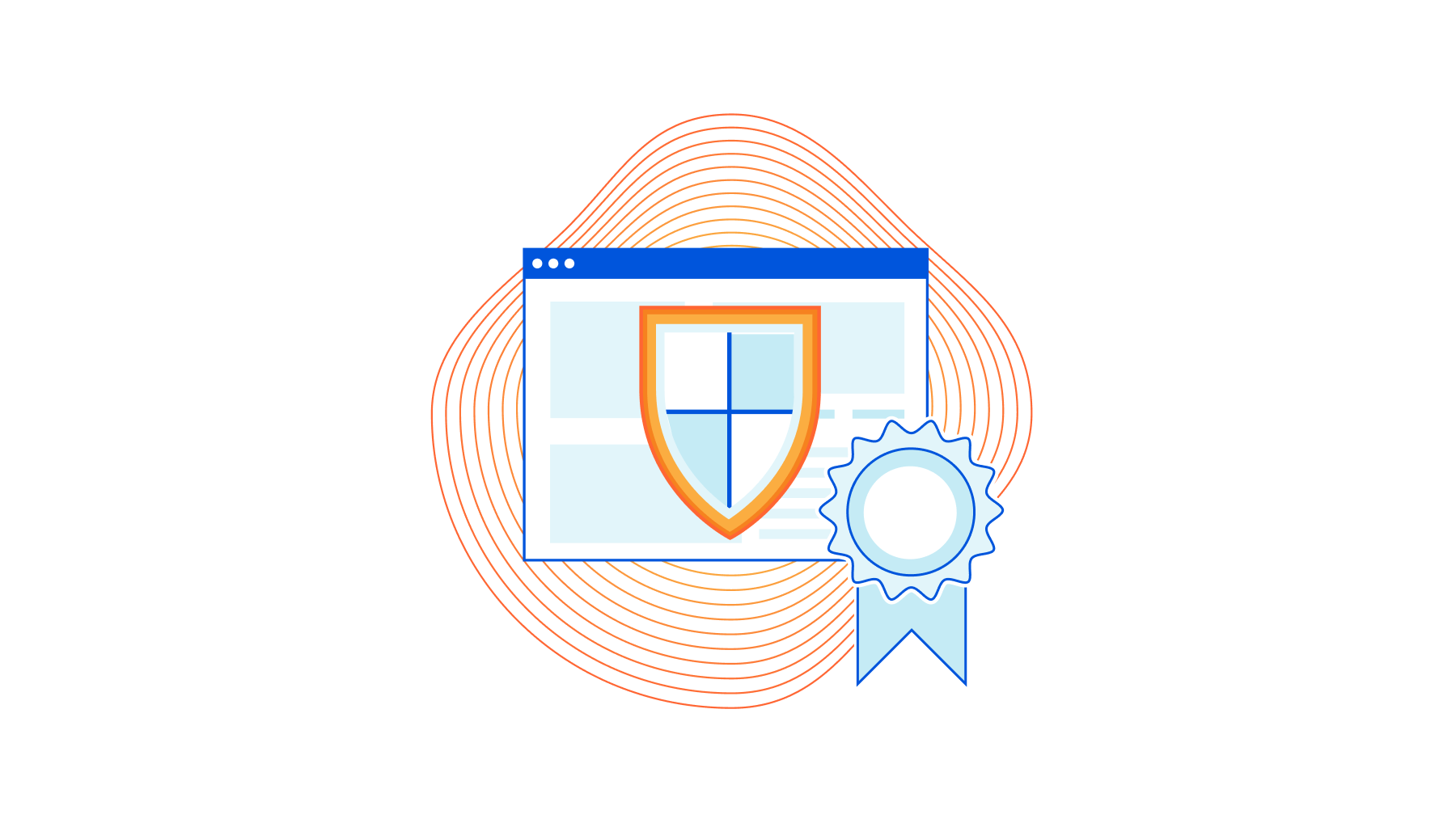

Cloudflare’s products and services are protecting more customers than ever with significant expansion over the past year. Earlier this week, we launched Cloudflare Security Center so customers can map their attack surface, review potential security risks and threats to their organization, and have generally fast tracked many offerings to meet the needs of customers.
This rapid expansion has meant ensuring our security, privacy, and risk posture grew accordingly. Customer confidence in our ability to handle their sensitive information in an ever-changing regulatory landscape has to be as solid as our offerings, so we have expanded the scope of our previously-existing compliance validations; not only that, we’ve also managed to obtain a couple of new ones.
What’s New
We’ve had a busy year and focused on our commitment to privacy as well as complying to one of the most rigorous security standards in the industry. We are excited about the following achievements in 2021:

FedRAMP In Process - Cloudflare hit a major milestone by being listed on the FedRAMP Marketplace as ‘In Process’ for receiving an agency authorization at a moderate baseline. Once an Authorization to Operate (ATO) is granted, it will allow agencies and other cloud service providers to leverage Continue reading
All the Platform Improvements We’ve Made in 2021 to Make CIOs Lives Easier
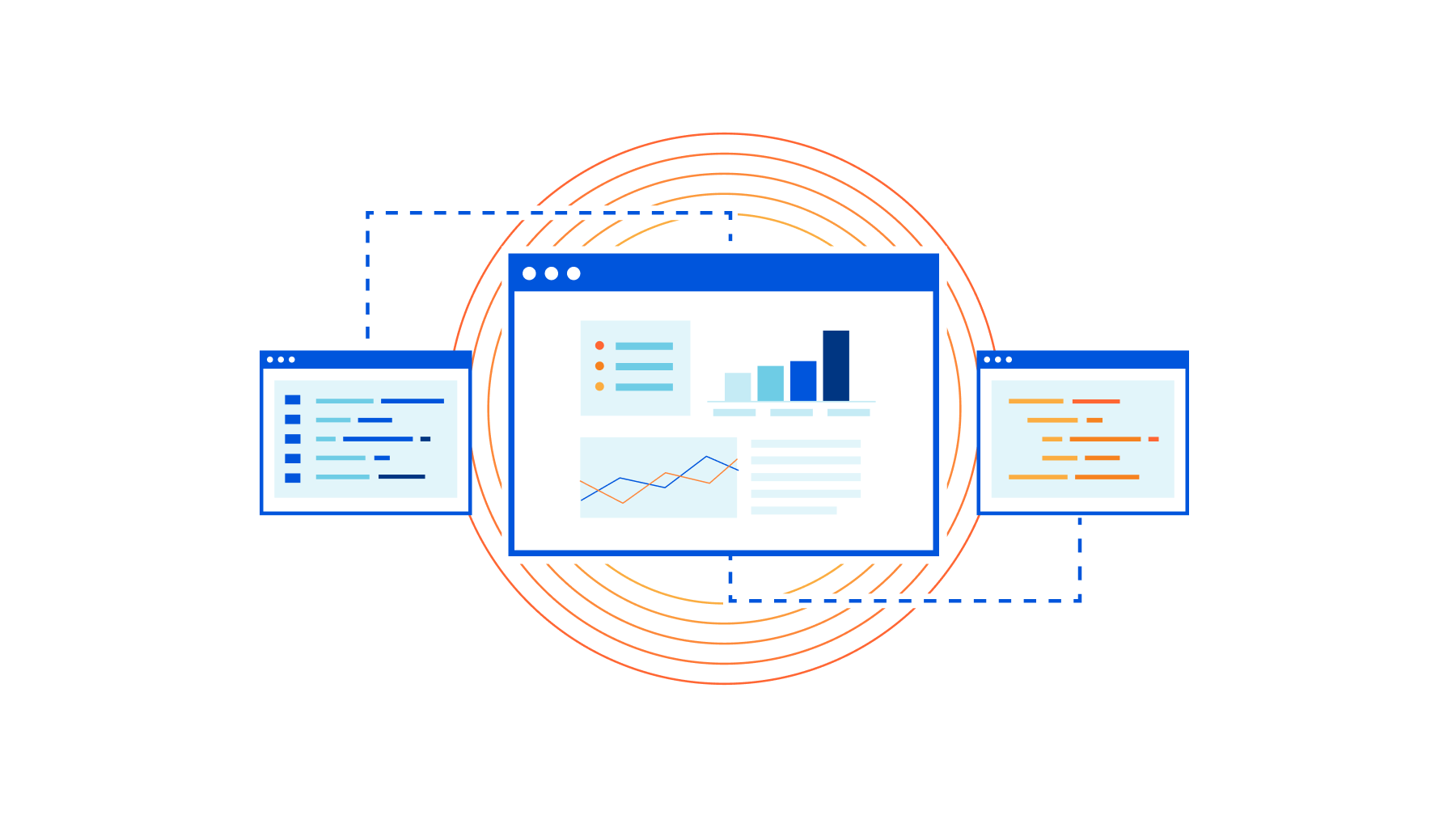
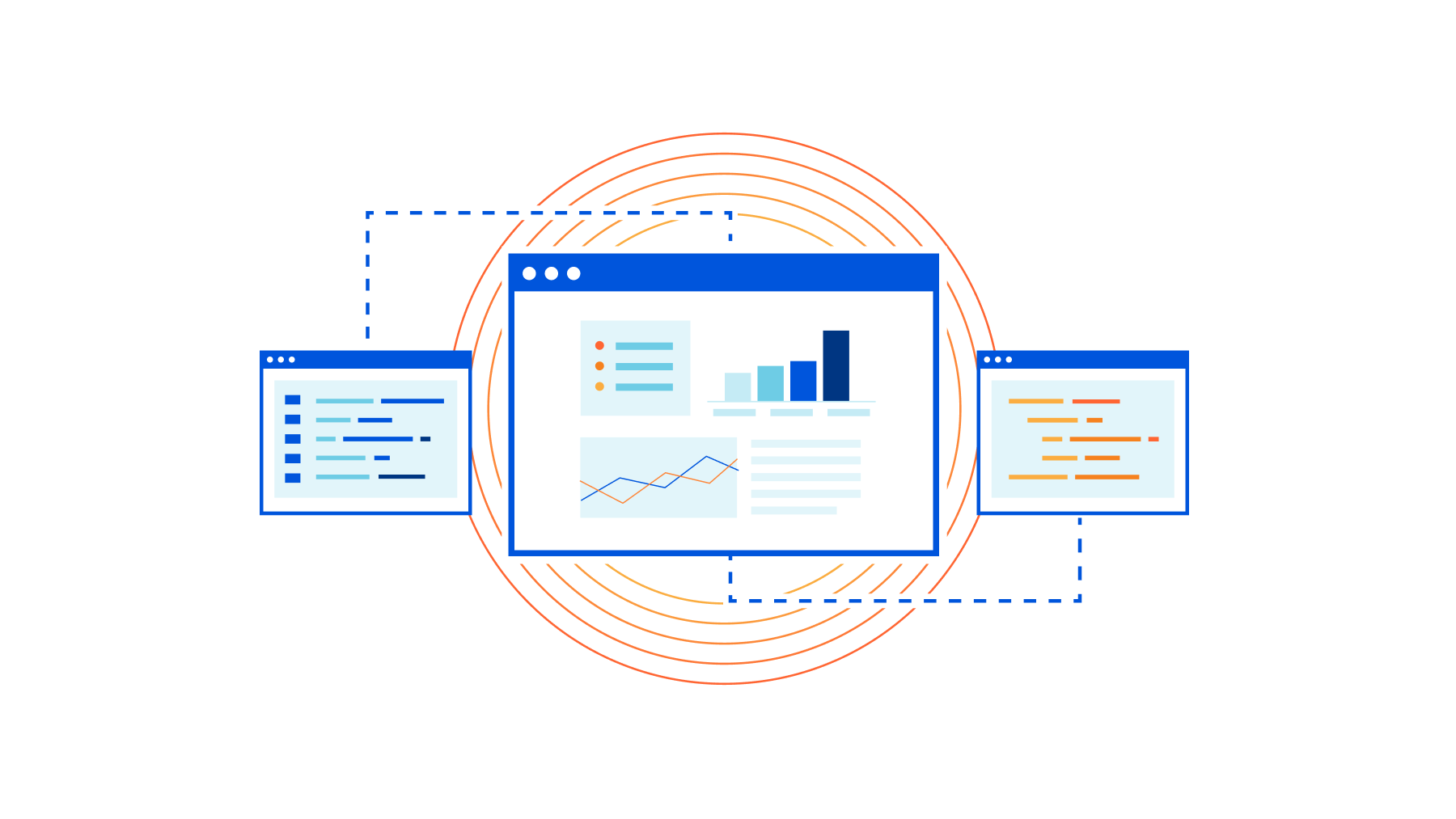
CIO week has been packed with new product innovations to give CIOs the tools they need to secure, protect, and speed up their networks. At Cloudflare, we know that many of the things that matter to CIOs are not just new product announcements — but the improvements to the security and usability of the platform itself. They’re much less visible, but no less important to ensuring our customers can reliably use the growing set of services we provide in a standard and secure manner. While over time best practices and technologies change, we aim to ensure our platform meets the security needs and depth of control that our customers require. In that spirit, we have been busy over the past year delivering important updates to many of our platform services.
Improved SSO Onboarding
Customers need SSO to ensure they can securely control which applications employees can access. Our original iteration of SSO was manual and could be time consuming or error prone for customers to set up. We have streamlined the setup process by leveraging SaaS Applications in Cloudflare Access to allow customers to manage their SSO setup inside the Cloudflare for Teams dashboard. If you are an enterprise customer Continue reading
Worth Reading: Snowflake Network Devices
In his latest blog post, Tom Hollingsworth compares network device disaggregations with cord cutting (replacing cable TV subscription with Netflix and friends), and comes to the inevitable conclusion:
The idea is that you gain freedom and cheaper software. The hope is that you can build an enterprise network for half of what it would normally cost. The reality is that you’re going to gain less functionality and spend more time integrating things together on your own instead of just putting in a turnkey solution.
To rephrase it, you’ll design a snowflake network with snowflake devices. Good job – just because it makes sense for the FAANG club (or LinkedIn), it doesn’t mean you should be doing it.
Worth Reading: Snowflake Network Devices
In his latest blog post, Tom Hollingsworth compares network device disaggregations with cord cutting (replacing cable TV subscription with Netflix and friends), and comes to the inevitable conclusion:
The idea is that you gain freedom and cheaper software. The hope is that you can build an enterprise network for half of what it would normally cost. The reality is that you’re going to gain less functionality and spend more time integrating things together on your own instead of just putting in a turnkey solution.
To rephrase it, you’ll design a snowflake network with snowflake devices. Good job – just because it makes sense for the FAANG club (or LinkedIn), it doesn’t mean you should be doing it.
Getting Experience with Public Cloud
Someone reached out to me and asked how you get experience with public cloud. That’s an excellent question so I thought I would give some perspective on it. There are three ways that immediately come to mind:
- Studying for a certification
- Playing around with different services in public cloud
- Getting involved in projects at work
Public cloud is a little like walking into a gigantic supermarket. You are looking for something very specific, maybe just a carton of milk, but if you have never been to this supermarket it could take you hours to find the milk. Maybe the milk is named something else in this store. To understand a specific cloud such as AWS, Azure, or GCP, you must first build up a basic understanding of what services they offer and how to use them. I normally prefer to do this by studying for a certification, such as the AWS Solutions Architect Associate, but there are also more introductory certifications such as the Cloud Practitioner or Azure Fundamentals. You can be super experienced and highly trained in a domain, such as servers or networking, but you must first learn to speak their language and understand their services. It definitely Continue reading
How Cloudflare security responded to log4j2 vulnerability
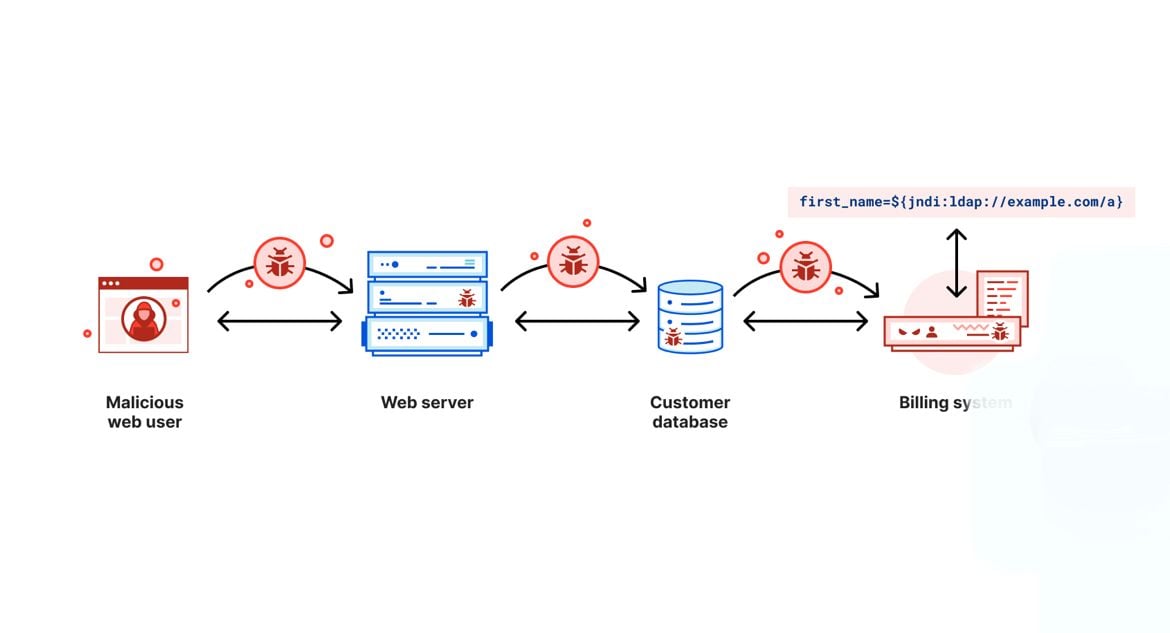
At Cloudflare, when we learn about a new security vulnerability, we quickly bring together teams to answer two distinct questions: (1) what can we do to ensure our customers’ infrastructures are protected, and (2) what can we do to ensure that our own environment is secure. Yesterday, December 9, 2021, when a serious vulnerability in the popular Java-based logging package log4j was publicly disclosed, our security teams jumped into action to help respond to the first question and answer the second question. This post explores the second.
We cover the details of how this vulnerability works in a separate blog post: Inside the log4j2 vulnerability (CVE-2021-44228), but in summary, this vulnerability allows an attacker to execute code on a remote server. Because of the widespread use of Java and Log4j, this is likely one of the most serious vulnerabilities on the Internet since both Heartbleed and ShellShock. The vulnerability is listed as CVE-2021-44228. The CVE description states that the vulnerability affects Log4j2 <=2.14.1 and is patched in 2.15. The vulnerability additionally impacts all versions of log4j 1.x; however, it is End of Life and has other security vulnerabilities that will not be fixed. Upgrading Continue reading
Secure how your servers connect to the Internet today


The vulnerability disclosed yesterday in the Java-based logging package, log4j, allows attackers to execute code on a remote server. We’ve updated Cloudflare’s WAF to defend your infrastructure against this 0-day attack. The attack also relies on exploiting servers that are allowed unfettered connectivity to the public Internet. To help solve that challenge, your team can deploy Cloudflare One today to filter and log how your infrastructure connects to any destination.
Securing traffic inbound and outbound
You can read about the vulnerability in more detail in our analysis published earlier today, but the attack starts when an attacker adds a specific string to input that the server logs. Today’s updates to Cloudflare’s WAF block that malicious string from being sent to your servers. We still strongly recommend that you patch your instances of log4j immediately to prevent lateral movement.
If the string has already been logged, the vulnerability compromises servers by tricking them into sending a request to a malicious LDAP server. The destination of the malicious server could be any arbitrary URL. Attackers who control that URL can then respond to the request with arbitrary code that the server can execute.
At the time of this blog, it Continue reading
Actual CVE-2021-44228 payloads captured in the wild

I wrote earlier about how to mitigate CVE-2021-44228 in Log4j, how the vulnerability came about and Cloudflare’s mitigations for our customers. As I write we are rolling out protection for our FREE customers as well because of the vulnerability’s severity.
As we now have many hours of data on scanning and attempted exploitation of the vulnerability we can start to look at actual payloads being used in wild and statistics. Let’s begin with requests that Cloudflare is blocking through our WAF.
We saw a slow ramp up in blocked attacks this morning (times here are UTC) with the largest peak at around 1800 (roughly 20,000 blocked exploit requests per minute). But scanning has been continuous throughout the day. We expect this to continue.

We also took a look at the number of IP addresses that the WAF was blocking. Somewhere between 200 and 400 IPs appear to be actively scanning at any given time.

So far today the largest number of scans or exploitation attempts have come from Canada and then the United States.

Lots of the blocked requests appear to be in the form of reconnaissance to see if a server is actually exploitable. The top blocked exploit string Continue reading
The “Don’t Repeat Yourself” DRY Principle For Infrastructure as Code With Tim Davis @vTimD
Tim Davis of env0 joins Ned Bellavance & Ethan Banks of the Day Two Cloud podcast in this clip from the December 8, 2021 episode. We discuss the coding principle of “don’t repeat yourself” aka DRY, and how it helps make Infrastructure-as-Code suck less. Tweets by vtimd Tweets by DayTwoCloudShow https://daytwocloud.io You can subscribe to […]
The post The “Don’t Repeat Yourself” DRY Principle For Infrastructure as Code With Tim Davis @vTimD appeared first on Packet Pushers.
Inside the log4j2 vulnerability (CVE-2021-44228)
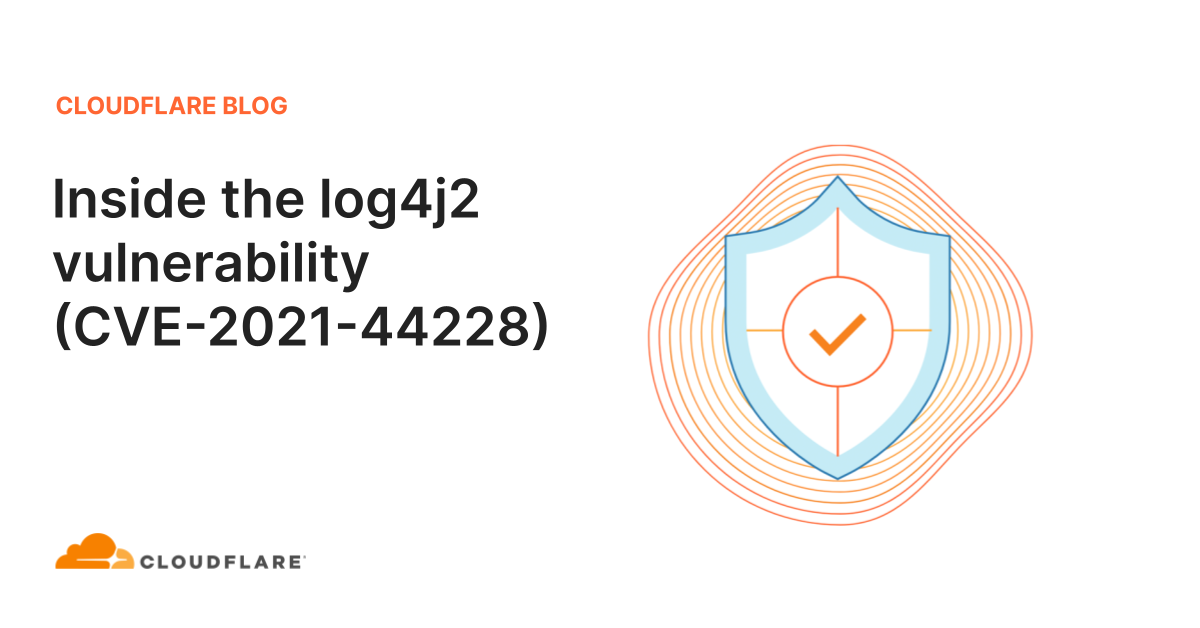
Yesterday, December 9, 2021, a very serious vulnerability in the popular Java-based logging package Log4j was disclosed. This vulnerability allows an attacker to execute code on a remote server; a so-called Remote Code Execution (RCE). Because of the widespread use of Java and log4j this is likely one of the most serious vulnerabilities on the Internet since both Heartbleed and ShellShock.
It is CVE-2021-44228 and affects version 2 of log4j between versions 2.0-beta-9 and 2.14.1. It is not present in version 1 of log4j and is patched in 2.15.0.
In this post we explain the history of this vulnerability, how it was introduced, how Cloudflare is protecting our clients. Details of actual attempted exploitation we are seeing blocked by our firewall service are in a separate blog post.
Cloudflare uses some Java-based software and our teams worked to ensure that our systems were not vulnerable or that this vulnerability was mitigated. In parallel, we rolled out firewall rules to protect our customers.
But, if you work for a company that is using Java-based software that uses log4j you should immediately read the section on how to mitigate and protect your systems before reading the rest.
Continue reading
Heavy Networking 610: Network Automation With Nautobot
On today's Heavy Networking we discuss a Nautobot, an open-source software tool that can serve as a source of truth for network automation. We explore how Nautobot works, what it's used for, how it ties in with Python and Ansible, major features, and more.Is Disaggregation Going to Be Cord Cutting for the Enterprise?
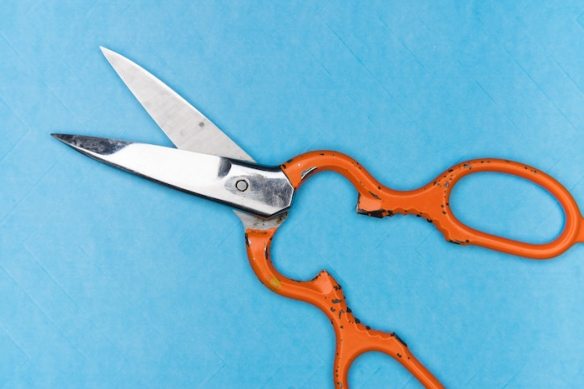
There’s a lot of talk in the networking industry around disaggregation. The basic premise is that by decoupling the operating system from the hardware you can gain the freedom to run the devices you want from any vendor with the software that does what you want it to do. You can standardize or mix-and-match as you see fit. You gain the ability to direct the way your network works and you control how things will be going forward.
To me it sounds an awful lot like the trend of “cutting the cord” or unsubscribing from cable TV service and picking and choosing how you want to consume your content. Ten years ago the idea of getting rid of your cable TV provider was somewhat crazy. In 2021 it seems almost a given that you no long need to rely on your cable provider for entertainment. However, just like with the landscape of the post-cable cutting world, I think disaggregation is going to lead to a vastly different outcome than expected.
TNSTAAFL
Let’s get one thing out of the way up front: This idea of “freedom” when it comes to disaggregation and cord cutting is almost always about money. Yes, you Continue reading
Hedge 111: Machine Learning and Security with Micah Mussler

Machine Learning (ML) and Artificial Intelligence (AI) are all the rage in the network engineering world. Where might these technologies be useful, as opposed to mere hype? The two most obvious areas where AI and ML would be useful are failure reaction and security. Micah Mussler joins Tom Ammon and Russ White to discuss the possibilities of using AI and/or ML in the broader security market—and focusing in on the network.
Cloudflare One helps optimize user connectivity to Microsoft 365


We are excited to announce that Cloudflare has joined the Microsoft 365 Networking Partner Program (NPP). Cloudflare One, which provides an optimized path for traffic from Cloudflare customers to Microsoft 365, recently qualified for the NPP by demonstrating that on-ramps through Cloudflare’s network help optimize user connectivity to Microsoft.
Connecting users to the Internet on a faster network
Customers who deploy Cloudflare One give their team members access to the world’s fastest network, on average, as their on-ramp to the rest of the Internet. Users connect from their devices or offices and reach Cloudflare’s network in over 250 cities around the world. Cloudflare’s network accelerates traffic to its final destination through a combination of intelligent routing and software improvements.
We’re also excited that, in many cases, the final destination that a user visits already sits on Cloudflare’s network. Cloudflare serves over 28M HTTP requests per second, on average, for the millions of customers who secure their applications on our network. When those applications do not run on our network, we can rely on our own global private backbone and our connectivity with over 10,000 networks globally to connect the user.
For Microsoft 365 traffic, we focus on breaking out Continue reading
Argo for Packets is Generally Available


What would you say if we told you your IP network can be faster by 10%, and all you have to do is reach out to your account team to make it happen?
Today, we’re announcing the general availability of Argo for Packets, which provides IP layer network optimizations to supercharge your Cloudflare network services products like Magic Transit (our Layer 3 DDoS protection service), Magic WAN (which lets you build your own SD-WAN on top of Cloudflare), and Cloudflare for Offices (our initiative to provide secure, performant connectivity into thousands of office buildings around the world).
If you’re not familiar with Argo, it’s a Cloudflare product that makes your traffic faster. Argo finds the fastest, most available path for your traffic on the Internet. Every day, Cloudflare carries trillions of requests, connections, and packets across our network and the Internet. Because our network, our customers, and their end users are well distributed globally, all of these requests flowing across our infrastructure paint a great picture of how different parts of the Internet are performing at any given time. Cloudflare leverages this picture to ensure that your traffic takes the fastest path through our infrastructure.
Previously, Argo optimized traffic at Continue reading
Cloudflare announces integrations with MDM companies


At Cloudflare, we are continuously thinking about ways to make the Internet more secure, more reliable and more performant for consumers and businesses of all sizes. Connecting devices safely to applications is critical for the safety of enterprise applications and for the peace of mind of a CIO.
Last January, we launched our Zero Trust platform, Cloudflare for Teams, that protects users, their devices, and their data by replacing legacy security perimeters with Cloudflare’s global edge network. Cloudflare for Teams makes security solutions like Zero Trust Network Access and Secure Web Gateway more accessible, for all companies, regardless of size, scale, or resources. This means building products that are more user-friendly, easier to deploy, and less cumbersome to manage.
The Cloudflare WARP agent encrypts traffic from devices to Cloudflare’s network, and many customers use it as a critical component to extend default-deny controls to where their users are. Today, Cloudflare is rolling out richer documentation on how to deploy WARP with these partners, so your administrators have a streamlined, easy-to-follow process to enroll your entire device fleet.
And we’re excited to announce new integrations with mobile device management vendors Microsoft Intune, Ivanti, JumpCloud, Kandji, and Hexnode to make it Continue reading
Cloudflare Agent — Seamless Deployment at Scale


A year ago we launched WARP for Desktop to give anyone a fast, private on-ramp to the Internet. For our business customers, IT and security administrators can also use that same agent and enroll the devices in their organization into Cloudflare for Teams. Once enrolled, their team members have an accelerated on-ramp to the Internet where Cloudflare can also provide comprehensive security filtering from network firewall functions all the way to remote browser isolation.
When we launched last year, we supported the broadest possible deployment mechanisms with a simple set of configuration options to get your organization protected quickly. We focused on helping organizations keep users and data safe with HTTP and DNS filtering from any location. We started with support for Mac, Windows, iOS, and Android.
Since that launch, thousands of organizations have deployed the agent to secure their team members and endpoints. We’ve heard from customers who are excited to expand their rollout, but need more OS support and great control over the configuration.
Today we are excited to announce our zero trust agent now has feature parity across all major platforms. Beyond that, you can control new options to determine how traffic is routed and your administrators Continue reading